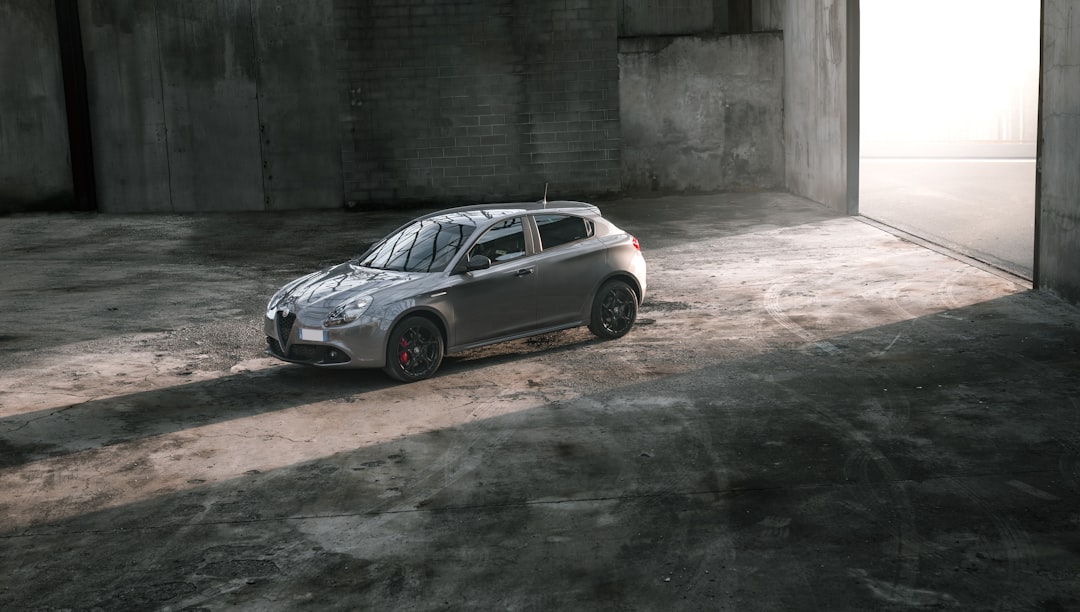Upgrading your car’s sound system can drastically improve the overall driving experience. Whether you’re commuting to work, running errands, or going on a road trip, having high-quality audio in your vehicle can make your time on the road more enjoyable. If you’re tired of listening to subpar sound quality from your car’s factory-installed stereo system, it may be time to consider upgrading. In this guide, we’ll discuss everything you need to know about upgrading your car’s sound system.
The first step in upgrading your car’s sound system is determining what kind of sound quality you’re looking for. Are you a music enthusiast who wants to feel every beat and note with crystal-clear precision? Or are you simply looking for a basic upgrade to improve the overall sound in your car? Once you have a clear idea of what you want, you can start researching the components needed to achieve your desired sound quality.
The most important component of any car sound system is the head unit, also known as the stereo or receiver. This is the central control unit that allows you to play music from various sources, such as FM radio, CDs, Bluetooth, and auxiliary inputs. When choosing a new head unit, look for one that is compatible with your car’s make and model, as well as your desired audio sources. Additionally, consider features such as touchscreen displays, smartphone integration, and equalizer settings to customize your sound preferences.
After selecting a head unit, the next component to consider is speakers. Factory-installed speakers are often low-quality and lack the power and clarity needed for optimal sound reproduction. Upgrading to aftermarket speakers can significantly enhance your car’s audio quality, providing better bass, midrange, and treble levels. Choose speakers that are compatible with your head unit and car model, and consider factors such as speaker size, power handling capabilities, and frequency response for optimal performance.
In addition to speakers, consider adding a subwoofer and amplifier to your car’s sound system. Subwoofers are dedicated to producing low-frequency bass sounds, while amplifiers boost the power output of your audio system for louder, clearer sound. When choosing a subwoofer and amplifier, consider factors such as size, power output, and compatibility with your existing components for seamless integration.
Another important aspect of upgrading your car’s sound system is soundproofing. Soundproofing materials such as dampening mats, foam insulation, and acoustic panels can help reduce vibrations, noise, and rattling in your car, creating a quieter and more immersive listening experience. Install soundproofing materials in your car’s doors, floors, and trunk to minimize outside noise and improve audio quality.
Finally, consider upgrading your car’s wiring and electrical system for optimal performance. High-quality wiring ensures that power is distributed evenly to all components, preventing issues such as static, interference, and distortion. Additionally, consider upgrading your car’s battery and alternator to provide sufficient power for your new sound system.
Overall, upgrading your car’s sound system can enhance your driving experience and transform your daily commute into a concert on wheels. By choosing the right components, installing them properly, and optimizing your audio settings, you can achieve unparalleled sound quality in your car. So, don’t settle for subpar sound any longer – take the plunge and upgrade your car’s sound system today!


